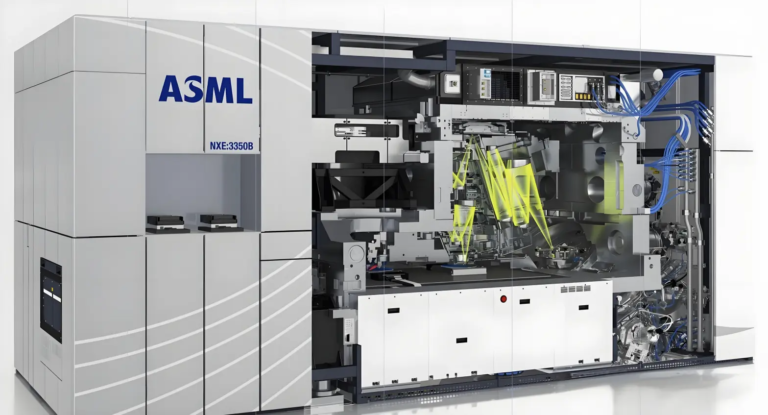Unlocking the Potential of Superhard Tooling: A Game-Changer in High-Speed Machining
In the ever-evolving landscape of modern science and technology, the demand for high-performance machining tools has never been higher. As production requirements escalate, the need for advanced materials and cutting-edge technologies to meet these demands has become a pressing concern. In this context, superhard tooling has emerged as a game-changer, offering unparalleled benefits in terms of hardness, wear resistance, and thermal chemical stability. In this blog post, we will delve into the world of superhard tooling, exploring its characteristics, advantages, and applications.
The Pinnacle of Performance: Superhard Tooling
Superhard tooling refers to tools and coatings designed to excel in high-speed machining applications, particularly for hard-to-machine materials. These tools possess exceptional hardness, wear resistance, and thermal chemical stability, making them ideal for processing high-temperature, high-hardness materials. The term "superhard" is attributed to the unique combination of materials and technologies used in their development.
Material Selection and Coatings: The Key to Unlocking Performance
The choice of material and coating is critical in achieving optimal performance in superhard tooling. Coatings, in particular, play a vital role in enhancing the tool’s surface properties, reducing friction and adhesion, and minimizing cutting heat generation. Two primary coating methods, Physical Vapor Deposition (PVD) and Chemical Vapor Deposition (CVD), are employed to produce the ideal coating.
PVD Coatings: A Rugged Performer
PVD coatings, including TiN, TiCN, and TiAlN, are characterized by their exceptional hardness, wear resistance, and thermal stability. These coatings are deposited using a Physical Vapor Deposition process, which involves the physical deposition of particles onto the tool surface. PVD coatings offer several benefits, including:
- High hardness: PVD coatings exhibit hardness levels of up to 3580 MPa (TiN) and 3775 MPa (TiAlN), making them suitable for high-speed machining applications.
- Enhanced tool life: PVD coatings demonstrate improved tool life due to reduced cutting heat generation and reduced friction.
- Superb tribological properties: PVD coatings promote a low-friction, high-temperature environment, minimizing cutting heat and minimizing tool material damage.
CVD Coatings: Unlocking the Power of Thermal Insulation
CVD coatings, on the other hand, are designed to provide thermal insulation, reducing heat transfer between the tool and workpiece. Materials like Al2O3, a ceramic-based coating, are often deposited using the CVD process. CVD coatings offer:
- Exceptional thermal insulation: Al2O3 coatings excel in thermal insulation, separating the tool and workpiece, reducing heat generation.
- Enhanced tool life: CVD coatings promote reduced cutting heat, reducing tool material degradation and increasing tool life.
- Improved surface quality: CVD coatings can be tailored to impart specific surface characteristics, ensuring optimal tool performance.
The Revolution in Tooling: Superhard Tool Development
Superhard tooling has transformed the machining industry, enabling the processing of high-temperature, high-hardness materials with unprecedented precision and efficiency. The development of advanced coatings and materials has led to the creation of high-performance tooling solutions, pushing the limits of what is possible in high-speed machining.
Case Study: Unparalleled Performance in High-Speed Machining
A recent case study demonstrates the remarkable capabilities of superhard tooling. In a high-speed machining application, a TiCN-coated tool was used to machine Inconel 718 at speeds of 193.5 m/min and 380 m/min. The results were impressive:
- Significantly increased tool life: The TiCN-coated tool exhibited a 4-fold increase in tool life compared to conventional tools.
- Enhanced machining performance: The superhard tool demonstrated superior machining performance, processing the material with ease and precision.
- Reduced production costs: The new tooling solution reduced production costs by 30%, thanks to its increased lifespan and minimized downtime.
Conclusion: The Future of High-Speed Machining is Here
The advent of superhard tooling has transformed the machining landscape, offering unparalleled performance, increased production efficiency, and reduced costs. By leveraging cutting-edge coatings and materials, manufacturers can now process the toughest materials with unprecedented precision and efficiency. As the demand for high-performance machining tools continues to escalate, the need for innovative solutions will only continue to grow. As we look to the future, one thing is clear: superhard tooling is here to stay, and its potential for revolutionizing high-speed machining is vast.










































